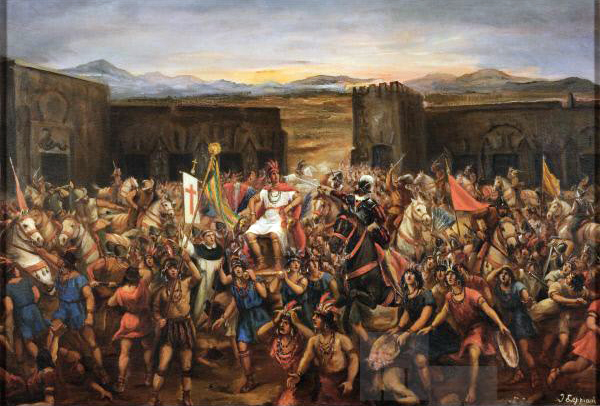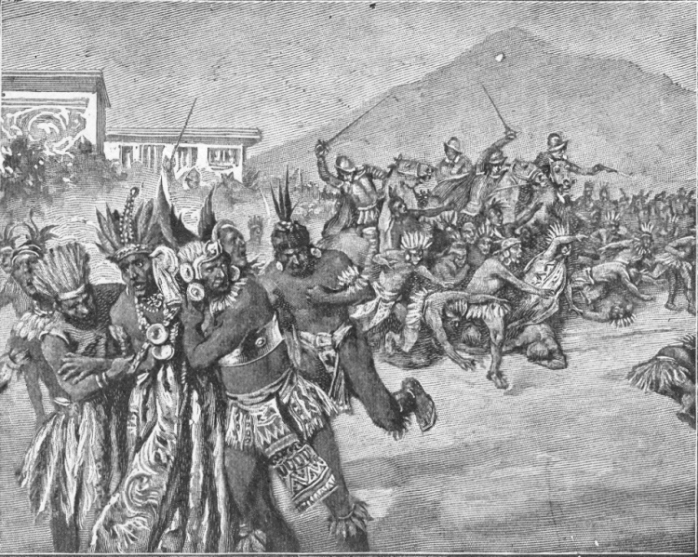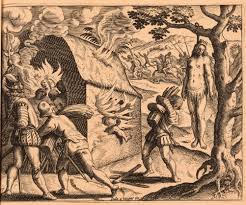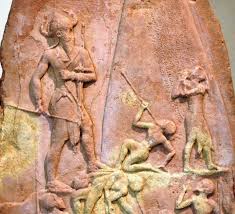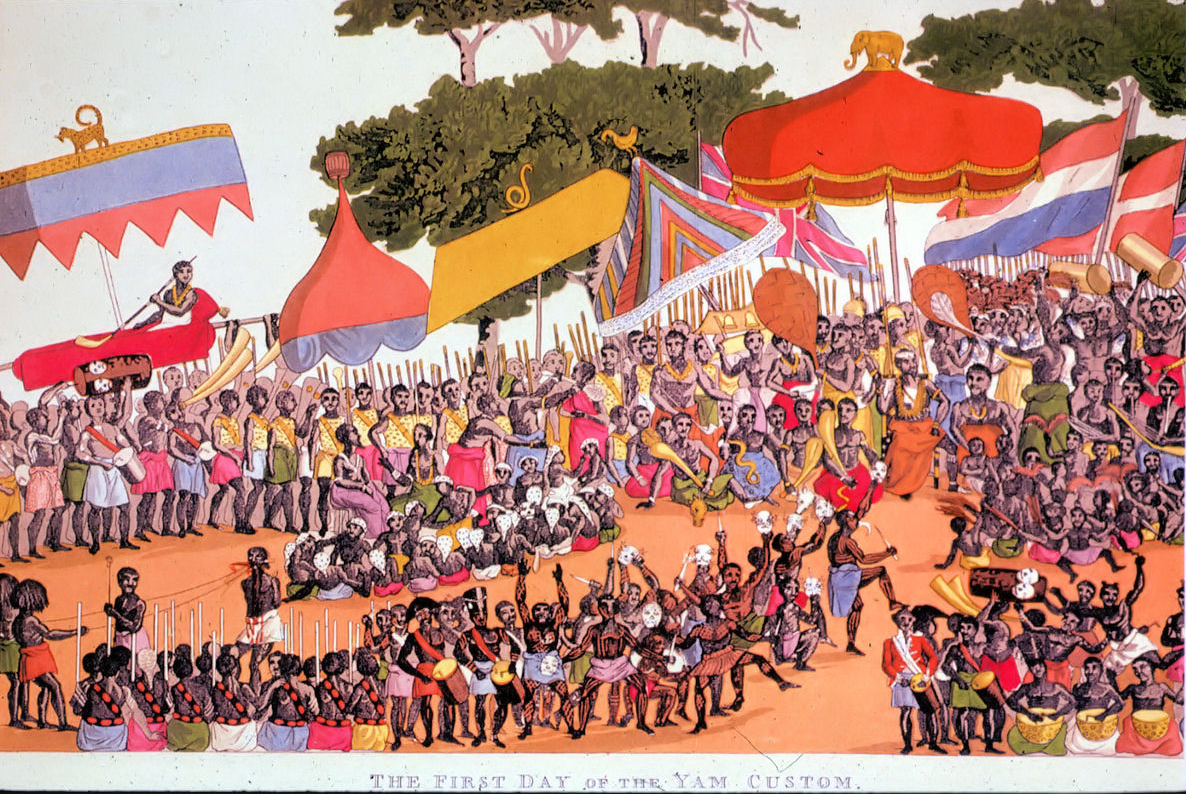The Inca Civil War |
Introduction to Civil was in IncaFrom 1527 to 1532, brothers Huascar and Atahualpa fought over the Inca Empire. Their father, Inca Huayna Capac, had allowed each to rule a part of the Empire as regent during his reign: Huascar in Cuzco and Atahualpa in Quito. When Huayna Capac and his heir apparent, Ninan Cuyuchi, died in 1527 (some sources say as early as 1525), Atahualpa and Huascar went to war over who would succeed their father.
What neither man knew was that a far greater threat to the Empire was approaching: ruthless Spanish conquistadors led by Francisco Pizarro. Background of Inca Civil WarThe Inca Emperors were considered to be divine, directly descended from the Sun. Their warlike culture had spread out from the Lake Titicaca area quickly, conquering one tribe and ethnic group after another to build a mighty Empire that spanned from Chile to southern Colombia and included vast swaths of present-day Peru, Ecuador and Bolivia. Often, brutal civil wars would break out upon the death of an Emperor as his sons fought for his throne: this produced much chaos but did result in a long line of strong, fierce, ruthless Inca lords that made the Empire strong and formidable. This is exactly what happened in 1527. With the powerful Huayna Capac gone, Atahualpa and Huascar apparently tried to rule jointly for a time, but were unable to do so and hostilities soon broke out. The War of the BrothersHuáscar ruled Cuzco, capital of the Inca Empire. He therefore commanded the loyalty of most of the people. Atahualpa, however, had the loyalty of the large Inca professional army and three outstanding generals: Chalcuchima, Quisquis and Ruminahui. The large army had been in the north near Quito subjugating smaller tribes into the Empire when the war broke out.
At first, Huascar made an attempt at capturing Quito, but the mighty army under Quisquis pushed him back. Atahualpa sent Chalcuchima and Quisquis after Cuzco and left Ruminahui in Quito. The Canari people, who inhabited the region of modern-day Cuenca to the south of Quito, allied with Huáscar. As Atahualpa's forces moved south, they punished the Canari severely, devastating their lands and massacring many of the people. Death of HuascarIn November of 1532, Atahualpa was in the city of Cajamarca celebrating his victory over Huascar when a group of 170 bedraggled foreigners arrived at the city: Spanish conquistadors under Francisco Pizarro. Atahualpa agreed to meet with the Spanish but his men were ambushed in the Cajamarca town square and Atahualpa was captured. Death of AtahualpaAtahualpa had promised to fill a large room half full with gold and twice over with silver in order to secure his release, and in late 1532, messengers spread out to the far corners of the Empire to order his subjects to send gold and silver. As precious works of art poured into Cajamarca, they were melted down and sent to Spain.
In July of 1533 Pizarro and his men began hearing rumors that the mighty army of Ruminahui, still back in Quito, had mobilized and was approaching with the goal of liberating Atahualpa. They panicked and executed Atahualpa on July 26, accusing him of "treachery." The rumors later proved to be false: Ruminahui was still in Quito. Legacy of the Civil War in IncaThere is no doubt that the civil war was one of the most crucial factors of the Spanish conquest of the Andes. The Inca Empire was a mighty one, featuring powerful armies, skilled generals, a strong economy and hard-working population. |



